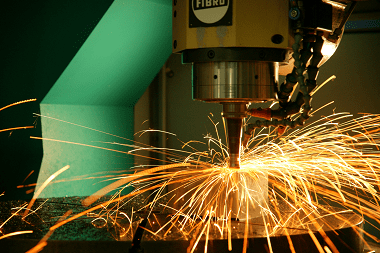Respiratory system >>>> Siderosis
Siderosis.

Siderosis is a type of pneumoconiosis that develops when working in dusty conditions with fine metal shavings. Siderosis can be purchased in industries related to metalworking, iron ore mining, smelting steel, metal polishing and engraving, red lead making, jewelry making, metal jewelry, metal dentures, and poor respiratory protection from the harmful ambient atmosphere of the workspace.
Signs of siderosis can be smoothed out (cough, slight shortness of breath) and do not attract the attention of the victim for a long time. This happens until the lungs begin to form foci of fibrous tissue in the form of nodules visible on X-ray.
Such transformations of the lung tissue occur due to the introduction of microscopic shavings and dust containing iron oxides and the formation of foci of inflammation around it, further provoking degenerative processes in the lung tissues. Gradually, part of the lung tissue is replaced by fibrous tissue in the form of a scattering of fibrous nodes, which leads to impairments in the effectiveness of the respiratory function of the lungs and causes shortness of breath, difficulty in inhaling certain volumes of air and, in severe cases, the development of pulmonary insufficiency.
Siderosis is not amenable to treatment, since fibrotic tissue changes are irreversible. But there is supportive therapy and surgery aimed at excision of fibrous nodes of the lung tissue. Siderosis has a more benign course than other types of pneumoconiosis, since, according to researchers, macrophages are able to remove non-toxic dust particles through the bronchi to a certain extent. This process occurs by coughing up the sputum collected in the bronchi with dust particles.
A very important condition for the prevention of lung siderosis is the use of protective devices (filters, respirators) as a barrier against dust. Siderosis of the lungs is one of those diseases that are easier to prevent than to cure.

Read

Read



























